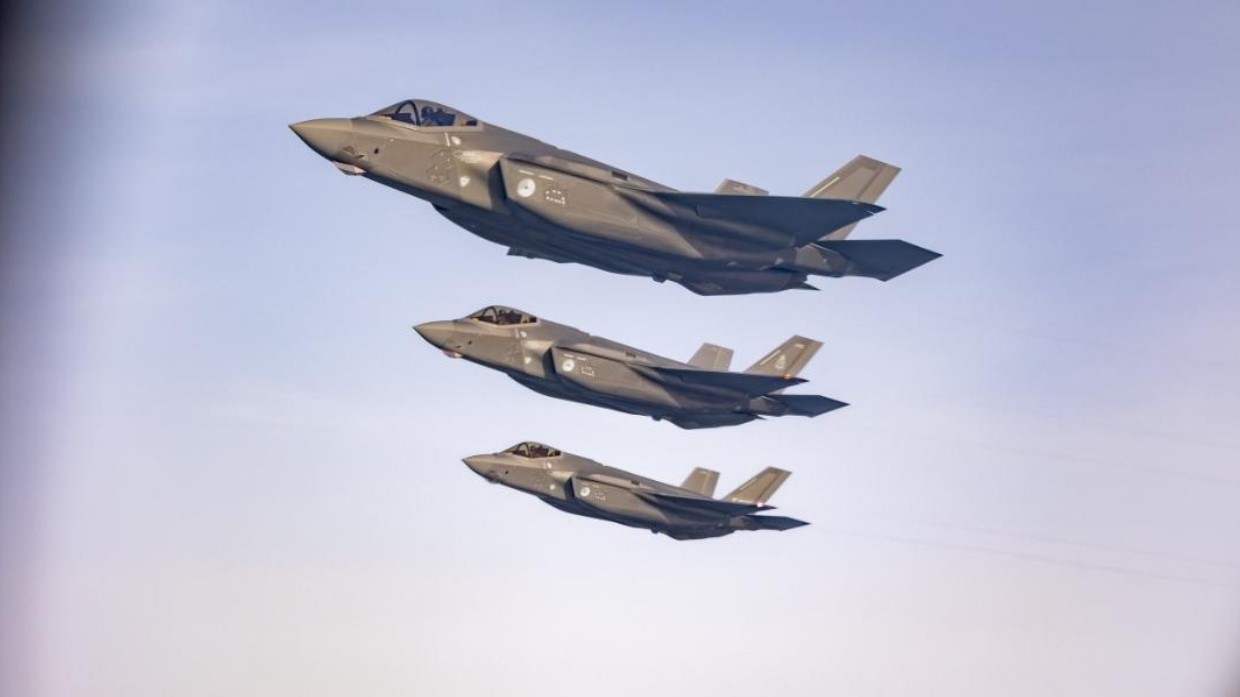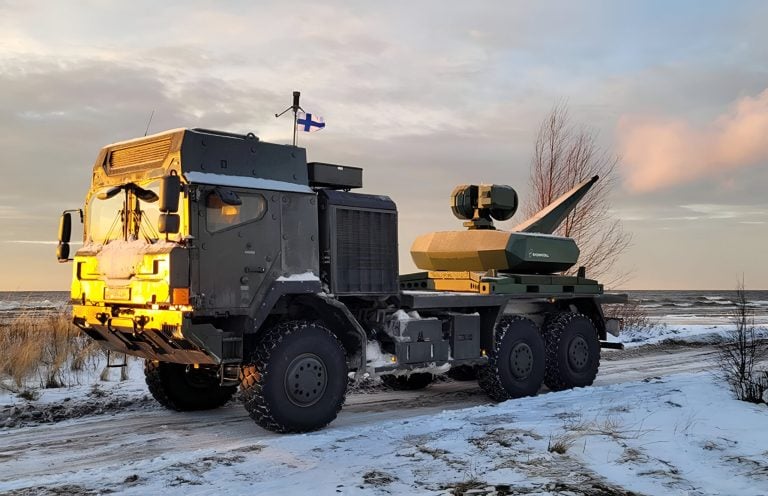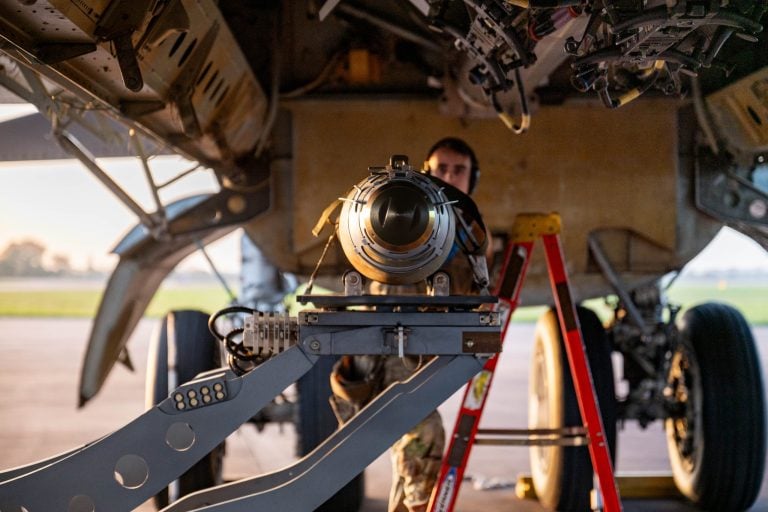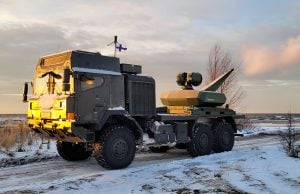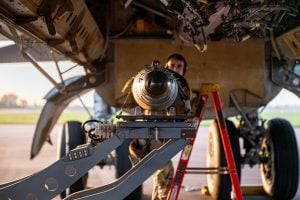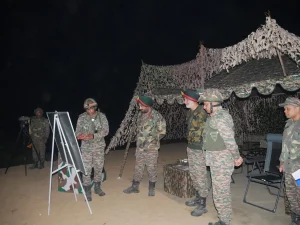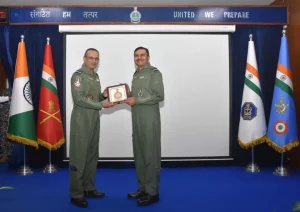In a significant show of strength and unity, eight NATO member nations have deployed aircraft for the Find, Fix, Track, and Target (F2T2) exercise taking place over Poland and the Baltic region. This operation aims to enhance coordination among allied forces by integrating intelligence, surveillance, and reconnaissance assets with strike-capable aircraft, enabling real-time targeting exercises.
The participating nations include the United States, the United Kingdom, Denmark, Germany, Italy, the Netherlands, Norway, and Poland. During the exercise, participants took on the critical task of identifying and tracking potential targets, subsequently coordinating a simulated strike within a designated timeframe. Such realistic training scenarios are fundamental in honing the operational capabilities of NATO forces.
Various advanced aircraft were employed in the drills, notably the F-35 Lightning II, F-16 Fighting Falcon, and Panavia Tornado. To support these operations, a KC-767 and NATO’s A330 Multi-Role Tanker Transport aircraft provided crucial aerial refueling capabilities, ensuring that the participating planes could maintain prolonged operational readiness.
General James Hecker, Commander of NATO Allied Air Command, emphasized the importance of such multi-domain exercises, stating, “Executing these exercises ensures NATO assets are prepared to respond to any potential threat to the Alliance.” The F2T2 exercise is a component of a broader NATO training initiative that spans multiple domains, focusing on enhancing military readiness and operational efficiency.
“Integration exercises offer opportunities to improve military readiness, tactical proficiency, and the agility of our forces,” Hecker added, underscoring the commitment of NATO members to remain vigilant and prepared in the face of evolving security challenges.
These efforts become particularly salient against the backdrop of heightened security concerns following Russia’s ongoing war in Ukraine. In response to the conflict, NATO has taken significant measures to reinforce deterrence and security along its eastern flank, notably along the borders of Baltic and Scandinavian countries.
In a related move last month, NATO announced the initiation of a Baltic Sea monitoring mission. This development was prompted by recent incidents involving damage to telecommunications and power cables, which multiple European nations have attributed to Russian actions. Moscow has been accused of conducting hybrid attacks and sabotage, targeting critical underwater infrastructure in the region, further justifying NATO’s commitment to bolster security measures.
As the F2T2 exercise progresses, it serves as a critical demonstration of NATO’s unity and readiness to address any potential threats, reinforcing the Alliance’s collective defense posture in a challenging geopolitical landscape.
